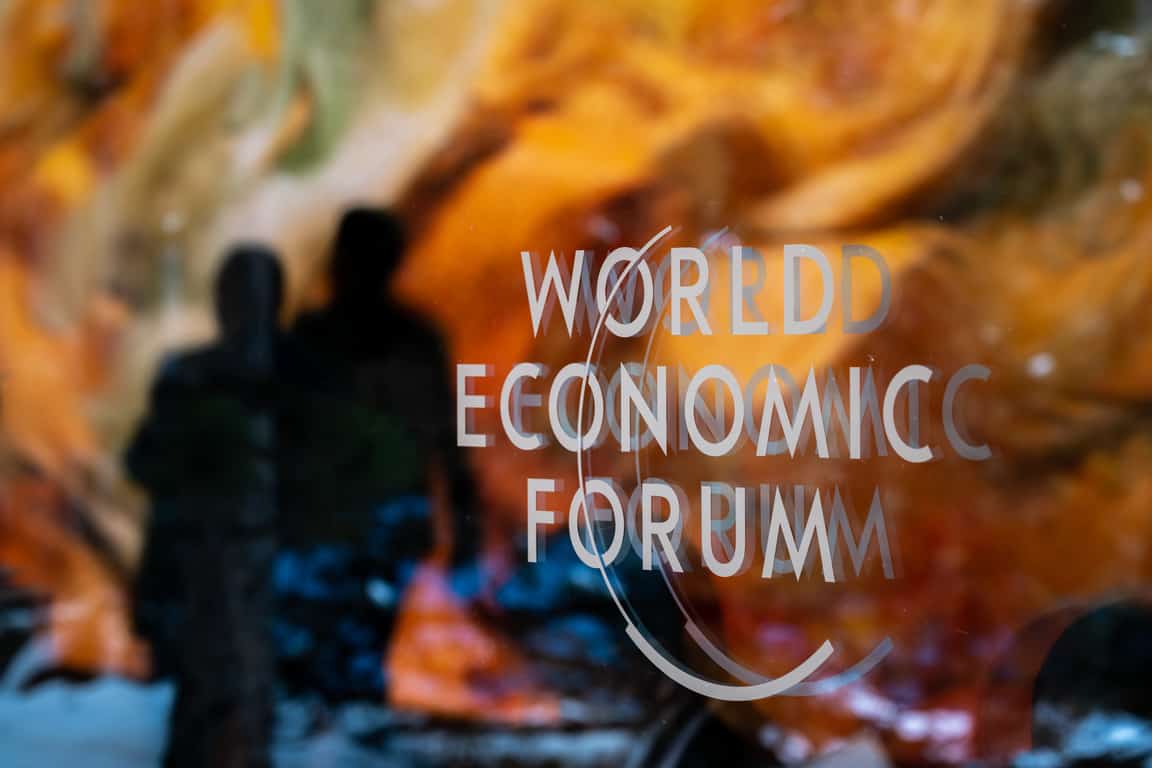Dubai, UAE – Demand for biodiversity credits could soar to $180 billion annually by 2050, the World Economic Forum (WEF) states in its latest report in collaboration with McKinsey.
By 2030, the demand is projected to be $7 billion per year.
According to the WEF, the shift hinges on nearly all major companies adopting nature-related goals, with biodiversity credits playing a major role. This is billed as a “transformational scenario” by the report.
But in a scenario of what the WEF calls the “effective development,” the market could see demand reach $69 billion by 2050, and $2 billion by 2030. And under a “limited development” scenario, the demand would only scale to a fraction of this at $6 billion by 2050, and $760 million by 2030.
“To date, most of the world’s top 500 companies have set climate-related targets, but although 51% of them acknowledge biodiversity loss, only 5% have set biodiversity targets,” says the report. “Many sector organizations that have mandates to deliver nature outcomes, or that have statutory obligations to fulfill, could also look to biodiversity credits to deliver against their targets.”
The report outlines multiple scenarios for the biodiversity credit market, highlighting more conservative growth rates, but also underlines the potential for exponential expansion if certain conditions align. Even though interest in this market is burgeoning, actual trades are yet to materialize despite the emergence of various standards and pilots in the past year.
WEF lays out three scenarios for biodiversity credits’ growth, with figures ranging from modest to ambitious. While the most optimistic trajectory envisions substantial demand, WEF also acknowledges more conservative projections grounded in current market observations.
Corporate expectations align with the anticipated growth, with many foreseeing a significant uptick in biodiversity credit transactions by around 2028, as per WEF’s interviews with industry leaders, with “arge private corporates expecting “to see a large increase in transactions in 5 years.” Interestingly, smaller companies might have more leeway to engage in this market compared to larger corporations facing stricter regulatory and reputational pressures.

The report lists five potential uses for biodiversity credits, emphasizing their role in enhancing carbon credits, mitigating indirect impacts, contributing to nature recovery, improving consumer products, and taking responsibility for biodiversity impacts.
“The market for biodiversity credits is still in a very early stage of development,” the report notes. “Experience in environmental markets and product markets more broadly suggests that biodiversity credit markets will need to demonstrate high-integrity supply, assure and secure demand, and establish transparent and standardized information and governance.”
To spur market growth, WEF proposes actions for potential buyers, sellers, regulators, governing bodies, and policymakers. It highlights the necessity of establishing a buyer business case, and consolidating common standards and methods. The report stresses the role of policy in reducing nature impacts, regulating biodiversity projects, and clarifying Indigenous peoples’ land rights.
WEF aims to launch a biodiversity credit buyers’ club early next year as part of their efforts to drive this market towards maturity.
What are biodiversity credits?
Biodiversity credits are a novel financial instrument that could play a major role in contributing to a nature-positive future, explains the WEF report.
While there is no firmly agreed definition yet, biodiversity credits can be described as a verifiable and tradeable financing instrument that rewards positive outcomes for biodiversity over a fixed period.
Biodiversity credits have been described as “an economic instrument that can be used to finance actions that result in measurable positive outcomes for biodiversity such as species, ecosystems, natural habitats, through the creation and sale of biodiversity units”.
A biodiversity credit represents “a unit of biodiversity that is being restored or preserved.”
With sufficient safeguards and high-integrity standards, credits can be used to finance actions that result in measurable improved outcomes for biodiversity, encompassing species, ecosystems and ecosystem services.
Features of biodiversity credits
Biodiversity credits, according to the WEF, may offer key features, which when combined distinguish them from other financing mechanisms for biodiversity and nature. These distinctive features include:
1. Benefits to biodiversity: Credits represent real, lasting and additional improvements, avoided loss or management success related to biodiversity, as outlined by emerging standards. Measured relative to a pre-defined baseline and maintained or improved for a fixed period, usually 20-30 years.
2. Verifiable: Benefits to biodiversity are measured openly and transparently, in a manner that can be checked and validated by a third party. This allows independent verification of biodiversity credits by a wide array of mechanisms for quality assurance, including formal accreditation, risk ratings and investigative research.
3. Quantifiable: Credits represent well-defined units of value that enable accounting, comparability and tradability. Well-defined units also enable cost-sharing for landscape-scale interventions, by allowing buyers to purchase a “share” of nature recovery. Due to highly local values associated with nature, there are likely to be several units in use, although consensus may evolve over time towards a single unit of measure or benchmark. Pilots and emerging standards are testing models for what these units could look like.
4. Tradeable: Credits expand the opportunities for mediation between nature’s stewards and those who seek to reward those stewards and potentially gain credit for positive outcomes. This does not mean credits would necessarily be traded in a secondary market – the greater breadth and depth of primary transactions itself should increase efficiency and scale.18 As the market matures, secondary and derivative market developments could bring further benefits of greater liquidity, price efficiency and risk reduction.
Urgency for biodiversity credits
The impetus for restoration, conservation and sustainable management relates both to our dependence on nature for economic and broader well-being and our responsibility for its stewardship, says the WEF, while highlighting the “rapid decline and approaching possible tipping points,” in biodiversity.
“Over the last 50 years, the world has seen sustained decline in primary forests (20%), coral systems (50%), wildlife populations (69%), soil quality (33%) and wetlands (85%),” the report points out. “Over half the world’s total GDP – $44 trillion of economic value generation in 2020 – is moderately or highly dependent on nature and its services, and all economic activity is ultimately dependent on nature”.
The WEF’s Global Risks Report 2023 has ranked biodiversity loss and ecosystem collapse as one of the top five threats to humanity over the next ten years.








